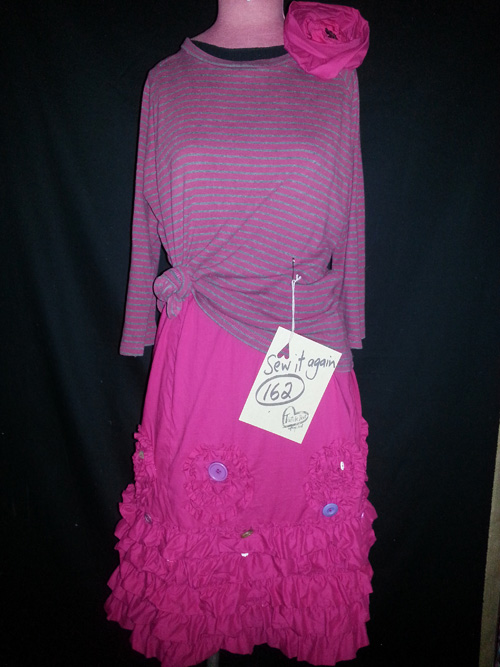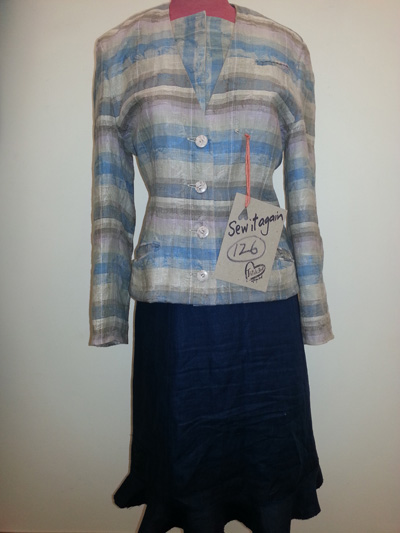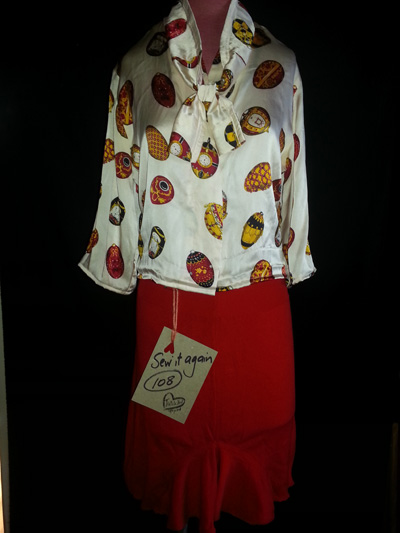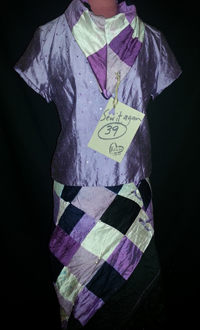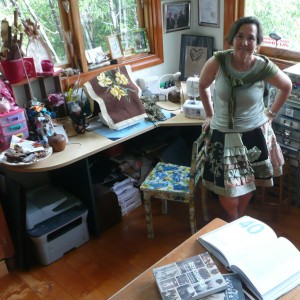 As I relax in my beautiful light-filled studio anticipating a year-long campaign upcycling natural fibre clothing in what amounts to a zero-waste commitment to textiles, I am enjoying Kevin McCloud’s 43 Principles of Home.
As I relax in my beautiful light-filled studio anticipating a year-long campaign upcycling natural fibre clothing in what amounts to a zero-waste commitment to textiles, I am enjoying Kevin McCloud’s 43 Principles of Home.
Principle 40 in this book is: ‘Zero waste is not fairy tale pie in the sky. With proper municipal waste programs, thrift and prudence, it is possible’.
Reading books and online research has led me to follow my heart on a creative journey woven from the threads of childhood, education, work and family interspersed with a love of nature, natural fibres, simplicity and resourcefulness.
My research during 2013 confirmed an instinctive belief that we are churning through textiles at an unsustainable rate – global consumption of textiles has grown three-times faster than the world’s population.
According to recent figures*, world apparel fibre consumption grew from 39 million tons in 1992 to 70 million tons in 2010 – an 80 per cent increase in fibre consumption over an 18-year period, with most of the growth being in synthetic (non-cellulosic) fibres. During that same period, the global population rose 25 per cent, from 5.5 billion in 1992 to 6.9 billion in 2010.
Our Earth has finite resources so this escalating growth in consumption of fibres seems a kind of madness driven by unconscious greed, look-at-me fast fashion and a churning desire for newer, brighter and supposedly ‘better’ clothing.
Kevin McCloud says throw nothing away if you can help it and wear your clothes until they are rags – thrift is an admirable value that we have lost.
Of course we all enjoy new clothes and dressing well but like fast food, fast fashion is leading to over-consumption for the wrong reasons which may include chasing trends, wanting to fit in, retail therapy and stress relief.
I’ve been rescuing discarded natural-fibre clothing from op shops and other sources for years because I value them as natural resources. These wool, silk, linen and cotton garments may sometimes be out-of-date, in need of a stitch or a nip and tuck, but I see their beauty.
That’s why I plan to make a daily ritual of upcycling garments from my own and others’ wardrobes as a way of creating and sharing a different way of dressing that is mindful of the Earth’s finite resources.
It is a commitment I hope to meet, even while I am travelling to various locations in Australia – around my state of Queensland, Western Australia, New South Wales and the Northern Territory – and perhaps overseas as well – inspiring upcycling wherever I am.
I’m used to running campaigns for others, but now Sew it Again 2014 is a campaign of my own making based on ecological health and wellbeing. I hope you will share my journey with creativity, resourcefulness and a love for nature.
*FAO/ICAC World Apparel Fibre Consumption Survey July 2013 FAO-ICAC-Survey-2013-Update-and-2011-Text
**Kevin McCloud’s 43 Principles of Home: Enjoying Life in the 21st Century, Harper Collins Publishers, 2010
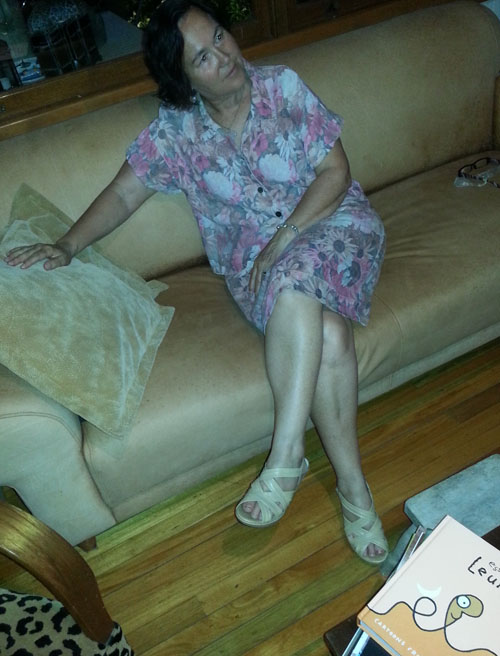 What is a reasonable lifespan for clothing? We know that food is perishable and has a shelf-life, but what about our clothes? Fashion has a contrived shelf-life of one season (or less) but what about classic and simple garments that don’t go out of date?
What is a reasonable lifespan for clothing? We know that food is perishable and has a shelf-life, but what about our clothes? Fashion has a contrived shelf-life of one season (or less) but what about classic and simple garments that don’t go out of date?